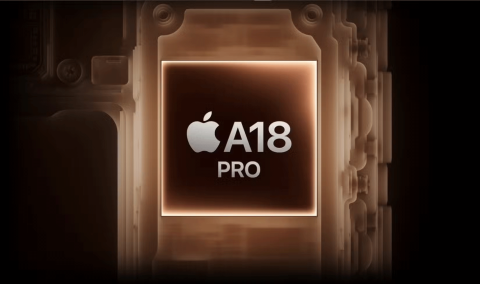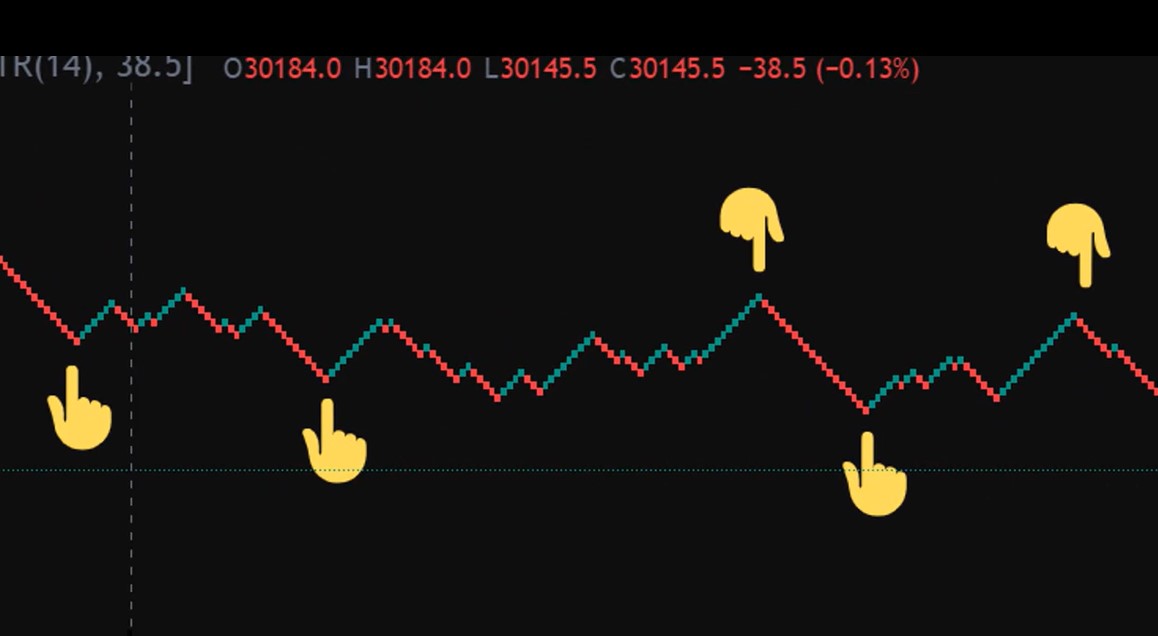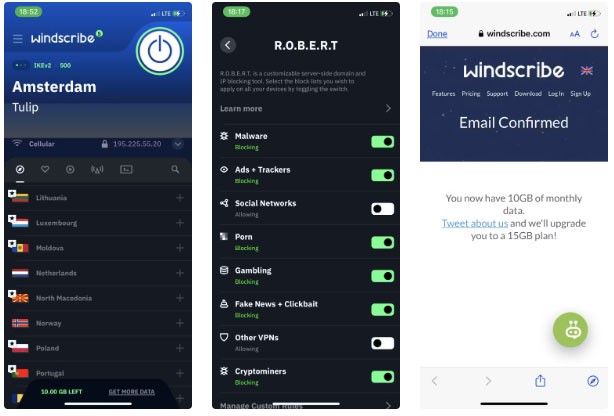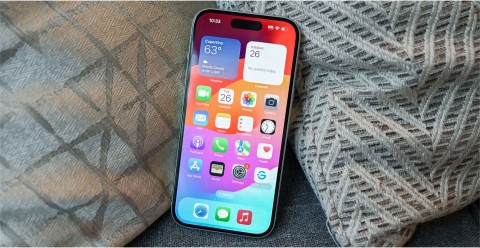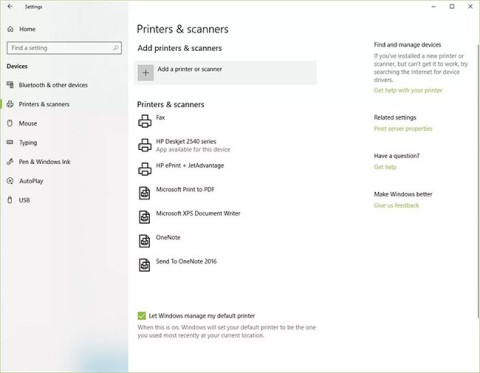When choosing to buy a new phone, the first thing many people often do is refer to the specification table. This is basically not wrong, however, there are some details that you should not pay too much attention to because they no longer reflect the actual experience, which can make you fall into the "marketing spiral" of the manufacturer.
1. Benchmarks: Don't trust the numbers too much
People are holding onto their phones for longer periods of time before upgrading, so they need processors that are powerful enough to keep them running smoothly over the years. However, benchmarks aren’t a perfect measure of real-world performance. Android manufacturers have been caught optimizing their devices for high benchmark scores when their actual performance is worse (for example, the Samsung Galaxy S22 was banned by Geekbench in 2022).
In fact, modern phones—even budget ones—are powerful enough to handle most everyday tasks. The smoothness of flagships doesn't come from faster chips, but from careful software optimization—something that doesn't show up in specs.
2. Peak brightness: marketing trick
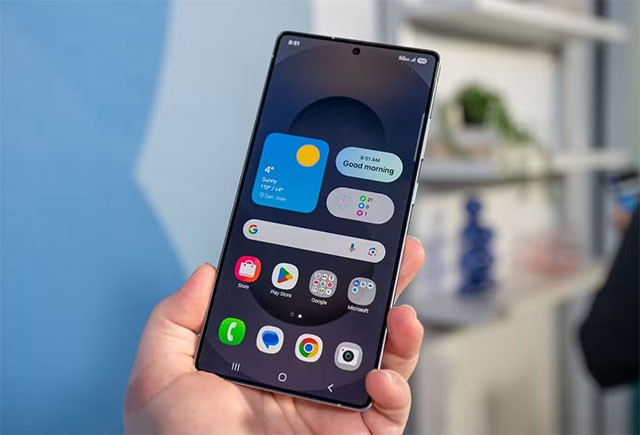
Manufacturers often boast of "huge" brightness like 4500 nits on OnePlus 13 or 6500 nits on Realme GT 7 Pro. But these are only measured values in laboratory conditions when displaying HDR content, on a small part of the screen.
What matters is the brightness you actually use in everyday life (typical brightness) and the high brightness mode in sunlight (HBM). However, manufacturers rarely publish these numbers because they are often lower to save battery and protect eyes. Instead, look for reviews from real users.
3. Camera "dots": don't be fooled
More megapixels (MP) doesn't necessarily mean better photos. Higher MPs give you better digital zoom, but they also mean larger file sizes, more storage space, and grainy photos in low light.
In fact, phone cameras often default to shooting at a resolution lower than the sensor’s maximum capabilities because it’s enough for everyday use. Furthermore, photos shared via social media or text messages are compressed, rendering the details of high-resolution photos meaningless.
The deciding factor in image quality is sensor size. Larger sensors capture more light, improve dynamic range, and reduce image noise. However, due to design limitations, companies often use software to compensate.
4. Tempered glass: don't believe the hype
Expensive phones don't necessarily have more durable screens than mid-range phones. The Gorilla Glass on flagships and mid-range phones is similarly tough, as finding the right balance between scratch resistance (hardness) and shatter resistance (flexibility) is nearly impossible.

As Professor William L. Johnson (Caltech) explains, " Tempering glass makes the screen more resistant to bending when dropped, but it reduces its hardness—its scratch resistance. " In fact, it's the angle at which the screen is dropped that determines whether it will shatter or not. Despite the hype, use a case and screen protector if you don't want your phone to get scratched quickly!
5. Screen refresh rate: 120hz is enough for smartphones
120Hz refresh rates are now standard on most smartphones (except non-Pro iPhones and budget Androids). Some gaming consoles bump it up to 144Hz, 165Hz, and even 240Hz, but the difference from 120Hz is negligible.
Similarly, Quad-HD (1440p) displays on Android flagships don't offer a noticeable difference compared to Full-HD (1080p), but they do drain more battery. That's why Samsung defaults to 1080p resolution on its high-end Galaxy S/Xiaomi series.
Tip: Don't let flashy specs fool you. Focus on real-world experience, battery life, and manufacturer software optimization!
